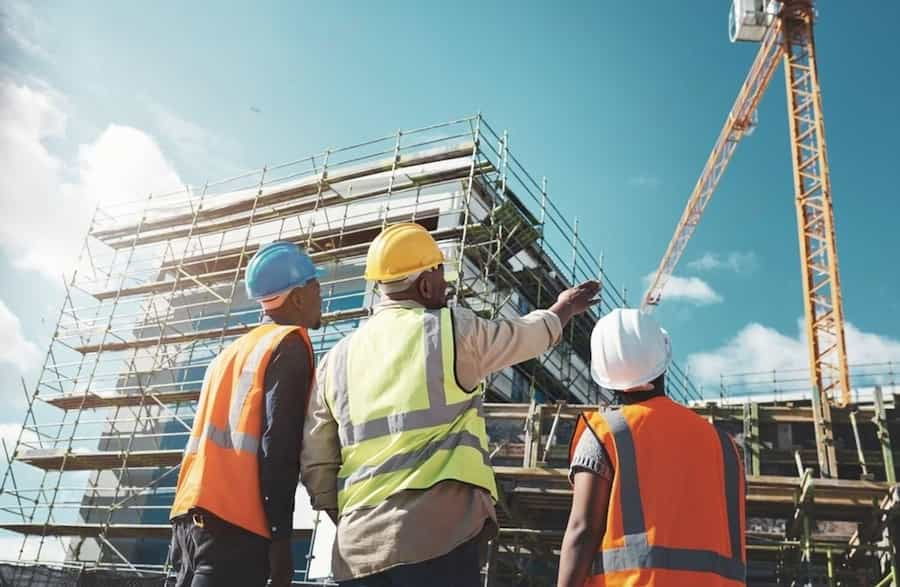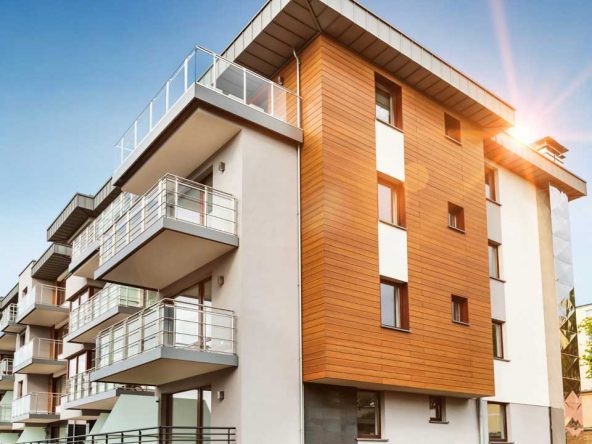Introduction
The Kenyan construction industry pulsates with the promise of development. Yet, this dynamism is shadowed by a persistent challenge: soaring construction costs. This complex issue cripples not only project viability but also hinders the nation’s progress towards affordable housing and sustainable infrastructure. This article delves into the factors fuelling these inflated costs, their impact on Kenya’s critical housing development goals, and potential solutions for navigating a path towards a more cost-effective and robust construction future.
What are the contributing factors to the high construction costs?
To effectively address this challenge, it is crucial to deconstruct the key factors contributing to these elevated costs and their multifaceted implications. Economic factors such as GDP, inflation, and interest rates significantly influence investment in the construction industry. Political factors, particularly election cycles and government corruption, also play a role in shaping investor decisions. Strict environmental regulations are identified as impacting construction investment.
1. Volatile Raw Material Prices: Cement, steel, and timber, the very lifeblood of construction, are susceptible to global market fluctuations and local logistical challenges. This volatility, exemplified by the recent 20% increase in cement prices due to supply chain disruptions, directly impacts project budgets, forcing developers to make difficult trade-offs between quality and affordability.
2. Inadequate Infrastructure Networks: Kenya’s infrastructure landscape presents a significant bottleneck, acting as a tollbooth on the path to progress. Poor transportation networks, poor urban planning and unreliable logistics infrastructure choke the delivery of materials, adding substantial time and cost burdens to construction projects. The Kenya Power and Lighting Company (KPLC) plays a pivotal role in the nation’s construction industry, but its impact on project costs is multifaceted and nuanced. While reliable electricity access can undeniably enhance efficiency and unlock cost-saving opportunities, KPLC connections can also contribute to inflated construction expenses. Understanding both sides of this equation is crucial for developers and policymakers seeking to optimize project budgets.
Kenya’s skyline ambitions soar, but this high-density push often outpaces investments in crucial infrastructure like water and sanitation systems. This mismatch throws a wrench in project budgets, with developers forced to navigate inadequate infrastructure or face costly retrofits later. Integrating infrastructure planning with zoning regulations and incentivizing green solutions can not only address environmental concerns but also pave the way for cost-effective, sustainable high-density development.
3. Cumbersome Land Acquisition Processes and a Complex Regulatory Landscape: Finding land for development in Kenya should be a smooth journey, not a trek through a quagmire of paperwork and delays. Unfortunately, the current reality resembles the latter, thanks to a complex, multi-layered system that bogs down projects and discourages developers.
The Land Act of 2012, while vital for protecting land rights, often turns the acquisition process into a marathon. Navigating registrations at the National Land Commission (NLC), the Ministry of Lands and Housing, and the National Construction Authority (NCA) – each with their own forms, fees, and timelines – feels like running an obstacle course blindfolded. The integration of the Sectional Properties Act (SPA) adds another layer of complexity, with intricate geo-referencing requirements, unit factor calculations, and a tangle of overlapping approvals from various agencies.
Even the supposed innovation of digitization through the Ardhisasa platform has become a source of frustration for developers. Technical glitches, unfamiliarity with the system, and a lack of readily available technical support can stall registrations further.
Streamlining these convoluted procedures is crucial. Standardizing requirements across agencies, creating a one-stop-shop for approvals, and establishing clear timelines can significantly reduce delays and costs. Imagine if a developer could obtain all necessary land and construction permits through a single platform, with transparent fee structures and predictable timeframes. Such efficiency would unlock significant savings and inject much-needed momentum into the construction sector.
The NCA, for all its good intentions in upholding safety standards and fostering skilled labor, also contributes to the bureaucratic burden. Their multi-stage approval process, involving inspections, certifications, and license applications, often adds weeks or even months to any project timeline. Streamlining their procedures, providing timely feedback, and prioritizing efficiency could significantly reduce the financial drain on developers and accelerate construction schedules. Finding the right balance between legal safeguards and pragmatic approaches is essential. By tackling the bureaucratic quagmire in both land acquisition and regulatory processes, Kenya can pave the way for a more dynamic and cost-effective construction sector, ultimately fostering sustainable development and progress.
4. Skilled Labour Shortage: Despite the critical role the National Construction Authority (NCA) plays in enforcing standards, the construction sector in Kenya grapples with a substantial shortage of skilled workers, particularly in specialized areas like masonry and plumbing. This shortage contributes to an increase in wages, thereby inflating the overall costs of construction projects.
Compounding this challenge is the widespread neglect of licensing requirements. A significant portion of construction industry workers operates without the necessary licenses, a key protective measure often overlooked. This lack of enforcement has resulted in a concerning prevalence of unqualified individuals engaging in construction activities, posing significant risks to safety and the structural integrity of buildings. Addressing this issue requires a collaborative effort to strengthen and strictly enforce licensing standards, emphasizing the imperative of compliance within the construction industry, even with the oversight role played by the NCA.
Addressing the Challenge of High Construction Costs
Effective urban planning, achieved through collaboration between county governments and developers, is pivotal for sustainable development. Integrating infrastructure expansion with zoning regulations and comprehensive town planning for high-density projects avoids costly retrofits and fosters enduring sustainable growth.
Incentivizing eco-friendly construction through tax breaks unlocks long-term cost benefits and contributes to environmental stewardship. Streamlining the regulatory landscape enhances project timelines and minimizes unnecessary costs. The Kenyan government estimates that the simplification of land acquisition procedures alone could result in a substantial 15% reduction in construction costs. Furthermore, addressing project delays, currently exacerbated by inefficient bureaucratic processes as reported by the Kenya Private Sector Alliance in 2020, has the potential to save millions. Public-Private Partnerships (PPPs) present a promising avenue, capable of bridging Kenya’s infrastructure financing gap by up to 40%, facilitating efficient project delivery.
Conclusion
The formidable challenge of soaring construction costs in Kenya stands as a formidable impediment to the realization of the affordable housing program, limiting the accessibility of decent homes for a substantial segment of the population. In essence, a multifaceted approach that includes promoting local production, harnessing innovative technologies, and optimizing construction processes is imperative. This strategic alignment seeks to mitigate high construction costs, ensuring a more accessible and sustainable construction sector.
Disclaimer:
The goal of this write-up is to foster an open exchange of ideas and perspectives related to the topic. It is intended to encourage dialogue and invite comments from readers. The information presented should not be construed as legal advice or a definitive position on the matter, and individuals should seek professional legal counsel for specific situations or concern.





